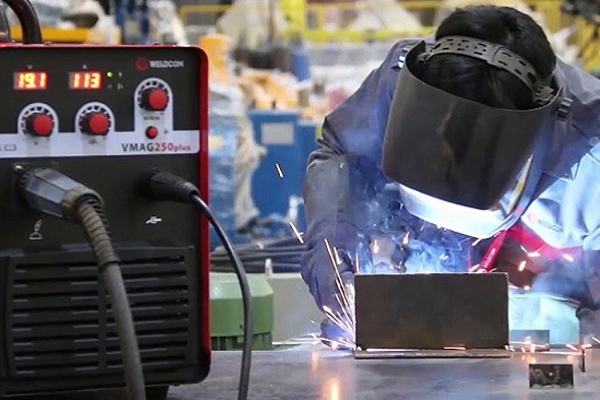Orbital welding machines for the pharmaceutical, food,...
orbital welding machines has been proven to be a very effective method of joining stainless steel pipes for systems where the products and fluids flowing through the piping system must be maintained under controlled conditions. clean or sterile conditions. the ability to create beautiful welds, good penetration, no cracks, maintain uniformity and consistency of thousands of joints have made orbital orbital welding the accepted welding technology for industries. semiconductor and biopharmaceutical industries in the united states. welds without cracks or gaps are required to control microbial growth in microbial piping systems.
overview of orbital welding machine
the food and dairy industries in the united states, which were previously slow to adapt to orbital welding, have shown increasing awareness over the past year. as a result, this pipe welding technology is now used for the manufacture of microbiological piping systems that are considered the foundation for achieving and maintaining cleanliness and sterility. this technology is gradually improving the sanitary conditions of the pipe systems of manufacturers.
the food and dairy industry is following in the footsteps of the bioprocessing industry, setting a new standard for the design and construction of bioprocessor equipment, including piping (asme equipment standard). bpe '97 bioprocessing) in november 1997. sanitary standards committee 3-a, in partnership with the american welding society (aws), has just published the aws d18.1 standard for welds in systems stainless steel piping system in contact with the product.
this standard is more precise and well defined than previous standards used in the food and dairy industry. however, the brewing industry, both in the us and abroad, soon recognized the advantages of orbital welding to achieve a high degree of cleanliness in their piping systems. the demand for higher standards is driven by new technology including bioprocessing and advanced food processing technology, as well as by the global market. international trade in biopharmaceuticals as well as food and dairy products has led to improvements in plant construction methods overseas, including the introduction of orbital welding to meet stricter export requirements, especially for the us.
the groups of standards to be compiled should define weld acceptance criteria and related issues including metallurgical considerations, such as the optimum sulfur content of 316l stainless steel, and degree of strength. post-weld joint deformation and the affected heat zone around it. these issues will be checked as well as standard orbital operating procedures (sops) that have been proven to deliver high performance and excellent weld quality.
applications of orbital welding machine
industrial applications
biopharmaceuticals: orbital welding has been used for di (deionized) and wfi (water for injection) deionized piping systems in the pharmaceutical industry since the 1970s. for example, the wfi system at the animal facility y pfizer in missouri. currently, orbital welding is used for several pharmaceutical facilities in latin america.
food industry
several major food industry suppliers have begun using orbital welding. kraft foods has purchased orbital welding systems for several plants including springfield, missouri, allentown, pennsylvania and new ulm, minnesota. they realized there was a real need for an on-site orbital welder for maintenance work and for small facilities that they could do themselves without having to hire a contractor.
procter and gamble has installed piping at several of its plants including food plants and chemical plants. procter and gamble determined that orbital welding should be used in all new construction wherever possible. several manufacturers including apv crepaco and central states industrial have been using orbital welding to manufacture equipment and parts for food and dairy applications for at least 10 years.


